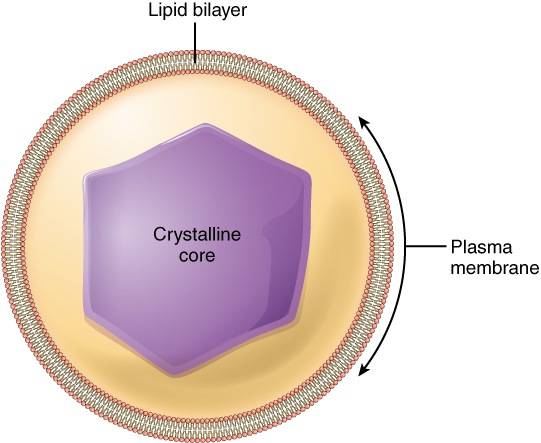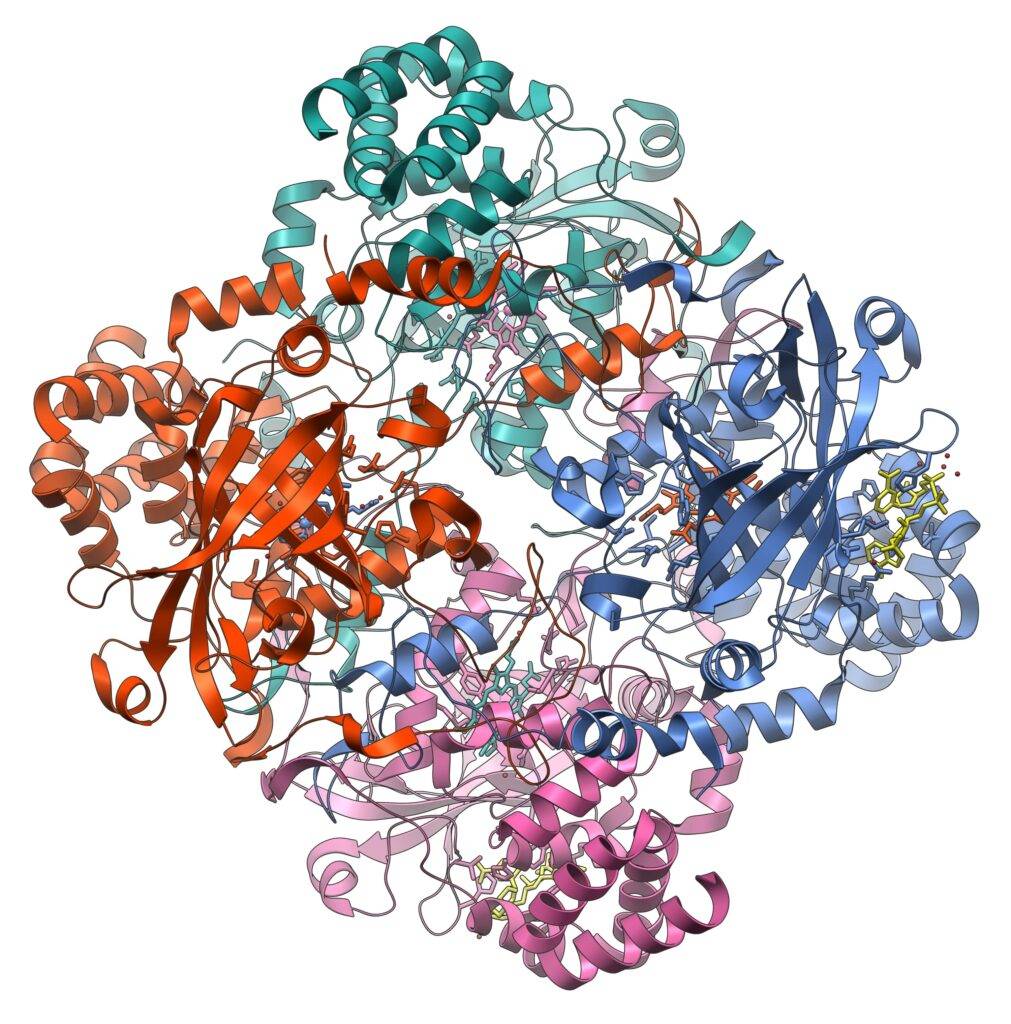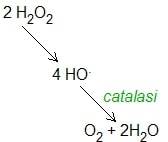General characteristics
The term “energetic metabolism” mean the set of those systems, of which organisms are equipped, in order to absorb energy from the external environment and transform it into chemical energy in the form of ATP, necessary for the cell to perform its functions. The main organelles, in which the cell’s energetic metabolism occur, are mitochondria (or chloroplasts in photosynthetic organisms). Further organelles that intervene in some phases of the energy metabolism of the cell are the peroxisomes (Fig.1). The latter are present in eukaryotic cells, both animal and vegetable, involved in the use or catabolism of certain molecules, such as fatty acids, or in the synthesis of important cellular intermediates.

Biogenesis of the peroxisomes
It has been shown that biogenesis, the formation of peroxisomes, take place from the endoplasmic reticulum from which vesicles detach in whose membrane is present only a part of the peroxisomal proteins that have been synthesized on the ribosomes associated with the endoplasmic reticulum.
The complete formation of the peroxisome is possible thanks to the synthesis, on the cytoplasmic ribosomes, of all the other protein components, which have signal sequences to be imported inside the peroxisomes themselves.
Structure
Peroxisomes are extremely common in algae, plant photosynthetic cells, kidney cells and mammalian hepatocytes. They can be very numerous or present in very few units and generally have a diameter of 0.6-0.7 µm (in plants 2 µm). Peroxisomes can take different forms, but generally we find them in oval or round shape. Externally they are equipped with a double lipid layer membrane that encloses the internal peroxisome matrix. The latter is made of amorphous material that can thicken in a central zone forming the nucleoid, that is a crystalloid structure (Fig.2). It contains fundamental enzymes such as uricase (in some animals) or catalase (in plants), enzyme of which we will see later the important function.

Functions
Peroxisomes have more than 50 enzymes inside them by which they can intervene in various metabolic activities including: oxidation of uric acid and fatty acids, metabolism of hydrogen peroxide, detoxification of harmful substances and degradation of foreign substances known as xenobiotics, removal of free radicals.
Metabolism of hydrogen peroxide
Biochemical analysis has shown that peroxisomes present as enzymes the oxidases involved in oxidation reactions involving the transfer of electrons from a substrate to oxygen (which serves as the final electron acceptor) thus forming hydrogen peroxide, harmful to the body. Then the catalysis takes place (Fig.3) that allows the conversion of hydrogen peroxide into water and molecular oxygen (Fig.4). In the cases in which the catalase has peroxidase function, the hydrogen peroxide will be used to oxidize reduced substrates, some even toxic to the body.


Removal of free radicals
Peroxisome enzymes, including catalase, other cytoplasmic enzymes and non-enzymatic molecules, are involved in the removal of free radicals, including reactive oxygen species (ROS).
Oxidation of uric acid
Uric acid, a by-product of purine metabolism, is oxidized by the enzyme uricase (or urate oxidase) into allantoin. Allantoin is transformed into allantoic acid or urea, according to the organism considered, and eliminated by the body.
Oxidation of fatty acids
The enzymes that make up the peroxisomes allow the catalysis of the alpha oxidation of the beta oxidation of long, very long and branched chain fatty acids. Through the enzymes of alpha oxidation, it is possible to degrade the branched fatty acids by removing the side chains and thus obtaining linear fatty acids. The latter will then be degraded by the enzymes of beta oxidation producing hydrogen peroxide and acetyl coenzyme A which will be transferred to the mitochondria. Since mitochondria are not able to degrade long, very long and branched chain fatty acids, peroxisomes act on them, so that they can be linearized and shortened. Only after this modification will the fatty acids be transferred to the mitochondria where their complete degradation will take place. Therefore, this function is one of the most important performed by peroxisomes.
Related pathologies
Alterations in peroxisomes prevent the proper degradation of fatty acids and hydrogen peroxide, they accumulate and can cause damage in different areas of the body. In fact, defects in the formation of peroxisomes or of the individual enzymes that constitute them, induce the development of hereditary metabolic disorders. One of the most common peroxisomal pathologies is adrenoleukodystrophy, characterized by renal failure and neuronal degeneration.
Original article by Raffaella Giannone translated by Luigi Gallucci
Bibliography
- Roberto Colombo ed Ettore Olmo, Biologia della cellula e Biologia dei tessuti, edi-ermes, 2014;
- Bonfanti, Canonico, Cardellini, Ciani, Ciarcia, Cirotto, Colombo, Desantis, Dini, Fasulo, Franceschini, Laforgia, Longo, Mauceri, Pons, Serra, Tagliaferro, Vallarino, Citologia e Istologia, Idelson-Gnocchi, 2010;
- https://www.msdmanuals.com/it-it/casa/problemi-di-salute-dei-bambini/disturbi-metabolici-ereditari/disturbi-dei-perossisomi.
- Featured image: https://commons.wikimedia.org/wiki/File:Peroxisome_.jpg